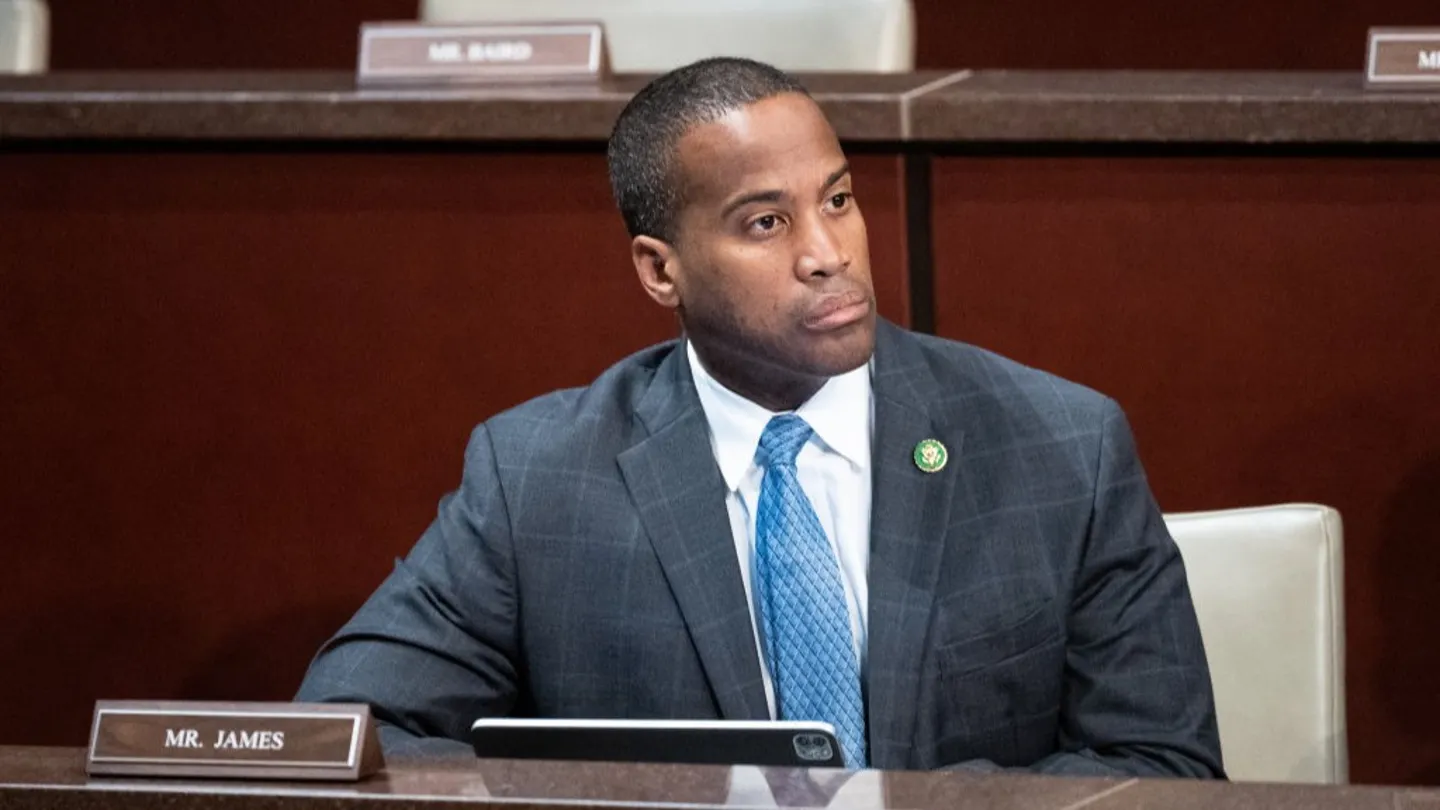The U.S. government’s total debt was fast approaching $34 trillion as of Friday afternoon, according to the latest numbers from the U.S. Treasury.
The Treasury reported Wednesday that nearly $27 trillion of the total national debt is held by the public.
It comes about six months since congressional Republicans struck a deal with President Biden to raise the debt limit in June.
President Biden takes questions from reporters after he delivered remarks in the State Dining Room at the White House Nov. 9, 2022, in Washington, D.C. (Samuel Corum/Getty Images / Getty Images)
The fast-paced growth of the national debt has become an increasingly fraught topic on Capitol Hill, Republicans and Democrats agreeing it should be brought under control but differing on how to do it.
The bipartisan debt limit deal suspended the ceiling until January 2025.
At the time the deal was struck, the U.S. debt limit was $31.4 trillion. It hit $32 trillion later that same month.
HOW DOES BIPARTISAN BUDGET, DEBT LIMIT DEAL IMPACT SPENDING, DEFICIT?
“The national debt just exceeded $100,000 per citizen. This should send a message to the White House that this reckless federal spending is at a breaking point,” Rep. John James, R-Mich., said earlier this month when the grim benchmark was reached.
Rep. John James criticized the Biden administration after the national debt exceeded $100,000 per person. (Getty Images / Getty Images)
“It’s a crisis,” Rep. Randy Feenstra, R-Iowa, agreed.
More than three-quarters of registered voters polled by Fox News in December said the economy is not in good shape, with 78% of respondents rating it only fair or poor.
Just 21% of voters said the economy was in good shape.
A majority of people from all parties rated the economy negatively, including 61% of Democrats and 93% of Republicans.




